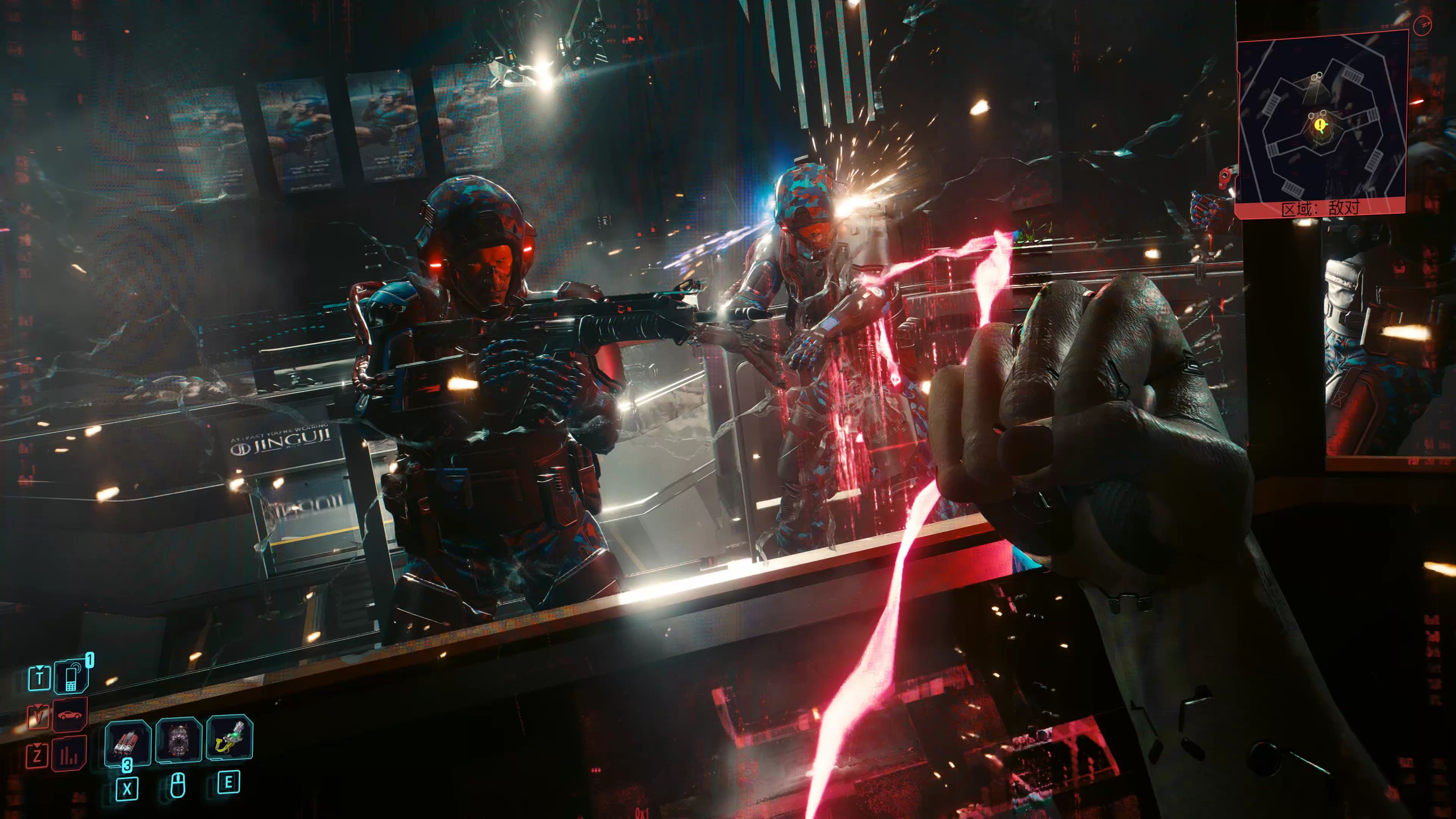The release of Call of Duty: Modern Warfare III was one of the most anticipated gaming events of 2023, yet it also became one of the most contentious. Arriving as a direct sequel to 2022’s rebooted Modern Warfare II, the title promised a culmination of a new narrative arc, a evolved multiplayer suite, and the long-awaited return of a beloved co-op mode. However, its reception has been a tale of stark contrasts, painting a picture of a franchise at a crossroads, simultaneously celebrated for its gameplay fundamentals and criticized for its perceived lack of innovation and contentious launch state. This analysis delves into the critical and community reception of its two core pillars: Multiplayer and the new Zombies experience.
Multiplayer: A Familiar Battlefield, For Better and Worse
The multiplayer component of any Call of Duty title is its lifeblood, and Modern Warfare III’s approach was immediately notable. In a direct response to community feedback concerning the slower pace of MWII, developers Sledgehammer Games made a conscious effort to return to a faster, more fluid style of combat. The result is a multiplayer experience that feels, in its moment-to-moment gameplay, exhilarating and classic.
The Praises: Pacing and Movement
The most universally applauded aspect of MWIII’s multiplayer is its enhanced movement system. The return of classic movement mechanics like slide-canceling, along with increased base movement speed and tac-sprint duration, was met with widespread approval from the core fanbase. This shift re-empowers skilled, aggressive players, making engagements less about holding angles and more about dynamic gunfights and map control. The feel of the gunplay—a hallmark of the series—remains impeccable, with a satisfying audio-visual feedback loop that keeps players engaged.
The decision to launch with all 16 base maps from 2009’s Modern Warfare 2 was a masterstroke in nostalgia. Maps like Terminal, Highrise, and Favela are considered timeless classics for a reason—their design promotes flow, variety, and memorable combat scenarios. For many veterans, this was a welcome return to form, offering instant familiarity and a level of map knowledge that shortened the learning curve significantly.
The Criticisms: Content, Innovation, and Technical Stumbles
However, this reliance on nostalgia forms the crux of the criticism. A significant portion of the community and critics labeled the multiplayer as feeling like a "glorified DLC" or a "massive patch" for MWII rather than a full-fledged sequel. The visuals, user interface, and overall feel are so similar to its predecessor that it struggles to establish a unique identity. The "new" content, primarily being remastered maps, led to accusations of creative stagnation and a lack of bold, new ideas.

Furthermore, the launch was marred by technical issues that have, unfortunately, become routine for the series. Persistent bugs, server instability, and a controversial new SBMM (Skill-Based Matchmaking) system that many feel is overly aggressive in prioritizing tight skill matches over connection quality, soured the experience for many. Complaints about "sweaty" lobbies and the pressure to perform at peak efficiency in every public match have been a constant point of contention, with many arguing it harms casual play.
While the new "Cutthroat" mode (a 3v3v3 elimination mode) was well-received, it wasn't enough to counter the narrative that the offering felt lean on truly innovative new experiences at launch. The progression system and menus felt almost identical to MWII, further cementing the feeling that this was an iterative update rather than a revolutionary one.
Zombies: A Bold New Outbreak, But Is It True Zombies?
The inclusion of a Zombies mode was a major selling point, marking its first appearance in a Modern Warfare title. However, Sledgehammer and Treyarch took a radical departure from the established formula. Instead of the round-based, claustrophobic survival in labyrinthine maps, MWIII Zombies is an extraction-style mode set in the large-scale, open world of Urzikstan—the same map used for Warzone.
The Praises: A Fresh and Accessible Take
This new approach has its merits. The mode is significantly more accessible to newcomers. The extraction format, popularized by games like Escape from Tarkov and DMZ, lowers the barrier to entry. Players can choose their level of risk, complete contracts to earn gear, and exfil at their discretion, carrying their acquired loot into the next session. This creates a compelling gameplay loop of risk vs. reward and long-term progression that round-based maps lack.
The scale of the map is impressive, allowing for varied objectives and encouraging exploration. Teaming up with a full squad of six players to take on high-threat zones and powerful bosses provides a unique and often thrilling co-operative experience that feels distinct from anything in Zombies' history. The integration of the ongoing narrative, Operation: Deadbolt, provides a clear sense of purpose beyond mere survival.
The Criticisms: Losing the Soul of the Mode
For the dedicated Zombies community, this shift has been deeply polarizing, if not outright disappointing. The mode, dubbed "MWZ," is seen by many as a reskin of the DMZ mode from MWII with zombies and monsters added, rather than a authentic Zombies experience. The core tenets that defined the mode—intricate Easter eggs, cryptic storytelling within the match, a tight-knit survival feel, and the escalating tension of higher rounds—are almost entirely absent.
The open-world format, while expansive, lacks the carefully crafted, atmospheric design of classic Zombies maps like Der Riese or Mob of the Dead. The horror-comedy tone and character-driven narratives of previous iterations are replaced by a more straightforward military-operational vibe, which many find less charismatic. The inability to play a truly endless game (due to a strict 60-minute time limit per session) removes the classic goal of seeing how long one can last, a fundamental pillar of the mode's identity. While a welcome addition for many, for purists, MWZ feels like a well-executed but different game mode wearing a Zombies skin.
Verdict: A Divisive Chapter
The reception to Call of Duty: Modern Warfare III is a study in dichotomy. Its multiplayer successfully course-corrects on gameplay pacing, delivering an action-packed and responsive experience that honors the series' roots, even if it leans too heavily on them. Meanwhile, its Zombies mode is an ambitious and accessible experiment that broadens the franchise's horizons but alienates a portion of its most dedicated co-op fanbase by abandoning its unique formula.
Ultimately, the game is caught between eras: trying to please nostalgic fans with classic maps while implementing modern, trend-chasing design like extraction modes. It delivers fantastic core mechanics but is wrapped in a package that feels safe, familiar, and arguably incomplete at launch. The critical scores, often landing in the 5-7/10 range, reflect this conflict—acknowledging a functionally solid and enjoyable game while critiquing its lack of ambition and identity. For players craving fast-paced multiplayer action with a classic feel, MWIII delivers. For those seeking a groundbreaking sequel or a traditional round-based Zombies experience, it represents a call that went somewhat unanswered.














